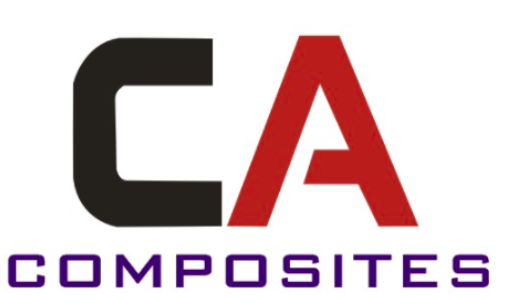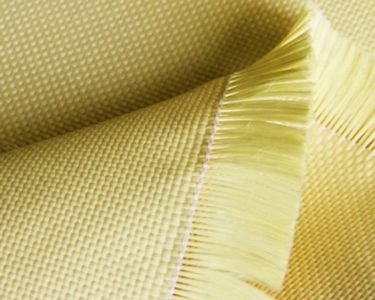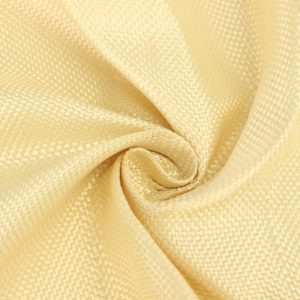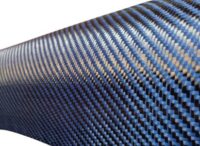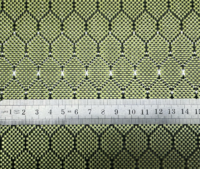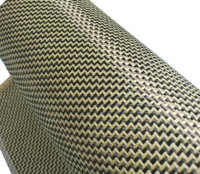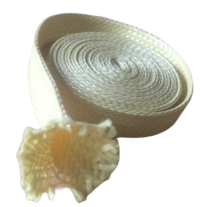list of Kevlar fabrics
| Weight GSM |
Fiber Type | Weave | warp | weft | thickness in mm |
| 50 | 200D | Plain | 13.5 | 13.5 | 0.08 |
| 80 | 400D | Plain | 12 | 12 | 0.14 |
| 100 | 600D | Plain | 8 | 8 | 0.15 |
| 115 | 800D | Plain | 7 | 7 | 0.16 |
| 140 | 1000D | Plain | 6 | 6 | 0.22 |
| 160 | 1000D | Plain | 7 | 7 | 0.24 |
| 160 | 1000D | twill | 7 | 7 | 0.24 |
| 200 | 1000D | plain | 9 | 9 | 0.26 |
| 200 | 1000D | twill | 9 | 9 | 0.26 |
| 170 | 1500D | plain | 5 | 5 | 0.23 |
| 200 | 1500D | plain | 6 | 6 | 0.26 |
| 220 | 1500D | twill | 6.5 | 6.5 | 0.28 |
| 300 | 3000D | plain | 4.5 | 4.5 | 0.4 |
| 450 | 3000D | plain | 6 | 6 | 0.6 |
Why use Aramid fibers?
- High strength
- Good resistance to abrasion
- Good resistance to organic solvents
- Non-conductive
- No melting point
- Low flammability
- Good fabric integrity at elevated temperatures
Main applications
- Bullet proof vests
- Aircrafts
- Sporting goods
- Conveyer belt
- High strength ropes
- Building reinforcements
- Heat and flame resistant garments
